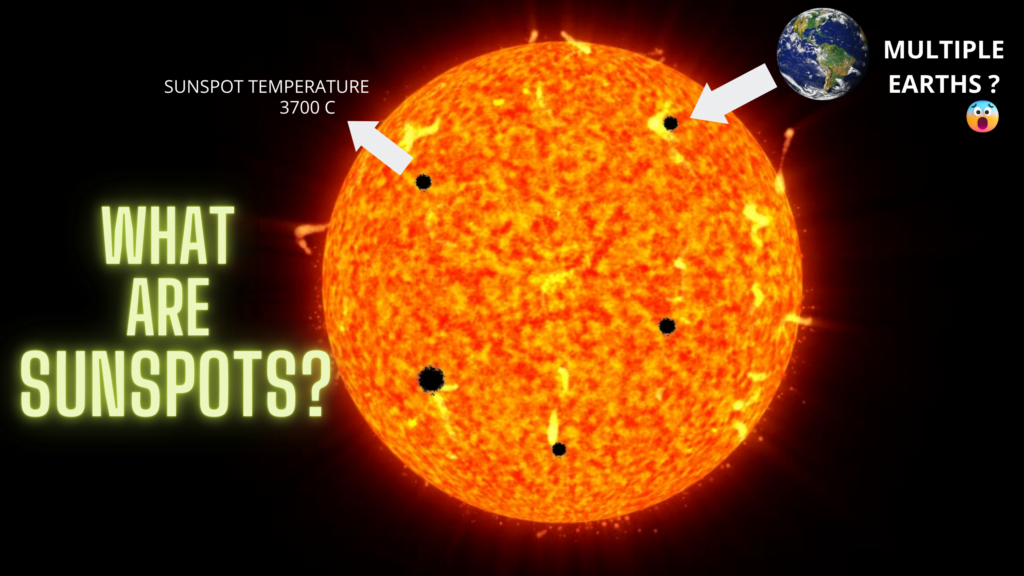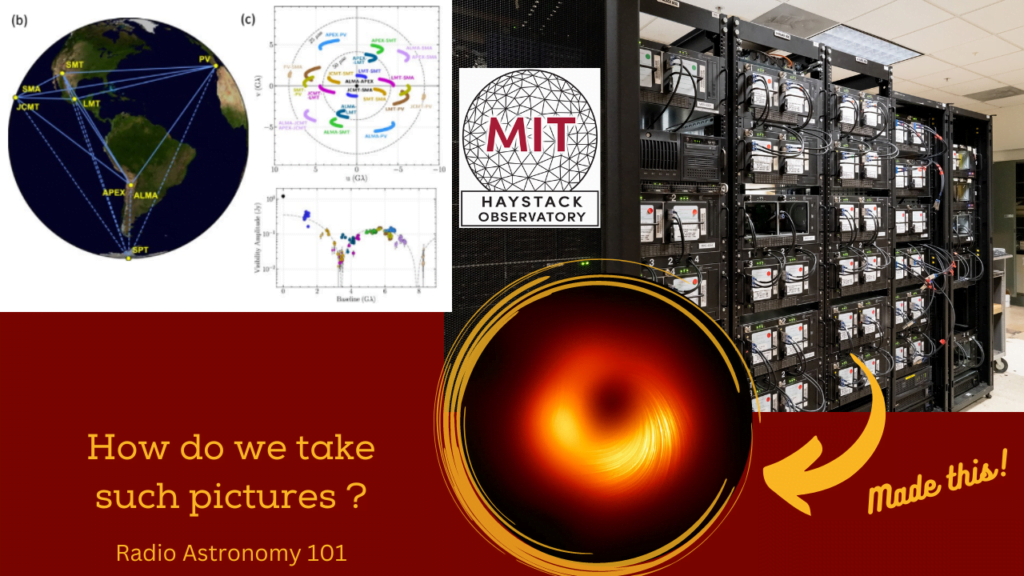The European Space Agency’s (ESA) Jupiter Icy Moons Explorer (JUICE) mission is a ground-breaking project that aims to explore Jupiter and its icy moons. The mission is set to launch in 2022, and it will be the first-ever dedicated mission to explore the Jovian system. The scientific community is eagerly awaiting the results of this mission, as it promises to provide us with unprecedented insights into the formation and evolution of our Solar System.
What is JUICE?
JUICE is an ambitious mission that aims to study Jupiter and its three largest icy moons – Ganymede, Europa, and Callisto. These moons are of great scientific interest as they are believed to be potentially habitable worlds, harboring oceans of liquid water beneath their icy surfaces.
The JUICE spacecraft is designed to perform a detailed investigation of these moons and study the environment around Jupiter. The spacecraft is equipped with state-of-the-art scientific instruments, including cameras, spectrometers, and a laser altimeter, to provide detailed information about the composition, structure, and dynamics of the Jovian system.
What are the objectives of JUICE?
The JUICE mission has several key objectives. Firstly, it aims to study the Jovian system’s geology, including the composition and structure of the moons’ surfaces. By studying the geological features of the moons, scientists hope to gain a better understanding of their formation and evolution.
Secondly, JUICE will investigate the potential habitability of the icy moons. The mission will study the moons’ subsurface oceans, looking for signs of life and understanding the conditions that could support life.
Thirdly, JUICE will investigate the Jovian system’s magnetosphere and its interaction with the solar wind. The spacecraft will study the auroras, the radiation belts, and the plasma environment around Jupiter, providing us with valuable insights into the dynamics of the Jovian system.
Fourthly, JUICE will study the relationship between Jupiter and its moons. The spacecraft will investigate how the moons interact with the planet and the way in which the planet’s gravity affects the moons’ surfaces.
Finally, JUICE will explore the moons’ interior structure, providing us with valuable insights into the moons’ composition and their history.
How will JUICE carry out its mission?
JUICE will be launched in 2022 on an Ariane 5 rocket from the Guiana Space Centre in French Guiana. The spacecraft will use a series of gravity assists from Earth, Venus, and Mars to reach Jupiter in 2029. Once it reaches Jupiter, JUICE will enter into orbit around the planet and perform a series of flybys of the three largest icy moons.
During the flybys, JUICE will use its scientific instruments to study the moons’ surfaces, subsurface oceans, and interiors. The spacecraft will also investigate the magnetosphere and plasma environment around Jupiter.
The JUICE mission will be a challenging one, and the spacecraft will have to endure extreme conditions. Jupiter’s radiation belts and strong magnetic field pose a significant risk to the spacecraft’s electronics and instruments. To protect the spacecraft, JUICE is equipped with a radiation shield, and the spacecraft’s orbit has been designed to minimize its exposure to the hazardous environment.
What are the expected results of JUICE?
The JUICE mission promises to provide us with unprecedented insights into the Jovian system. By studying the composition, structure, and dynamics of the icy moons and their subsurface oceans, scientists hope to gain a better understanding of how the moons formed and evolved. The mission could also provide us with valuable insights into the potential for life beyond Earth.
JUICE’s investigation of the magnetosphere and plasma environment around Jupiter could provide us with the understanding of the dynamics of the Jovian system and its interaction with the solar wind. This could help us to better understand the formation and evolution of our Solar System and other planetary systems beyond our own.
The JUICE mission is also expected to shed light on the relationship between Jupiter and its moons. By investigating how the moons interact with the planet and the way in which the planet’s gravity affects the moons’ surfaces, scientists hope to gain a better understanding of the dynamics of the Jovian system.
Finally, JUICE’s exploration of the moons’ interior structure could provide us with valuable insights into the moons’ composition and history. By studying the moons’ interiors, scientists hope to gain a better understanding of how they formed and evolved, and how they have been affected by the intense radiation environment around Jupiter.
Conclusion
The ESA’s JUICE mission is a groundbreaking project that aims to explore Jupiter and its three largest icy moons – Ganymede, Europa, and Callisto. The mission’s objectives are diverse and ambitious, ranging from studying the geological features of the moons to investigating the potential for life beyond Earth. The JUICE spacecraft is equipped with state-of-the-art scientific instruments, and the mission promises to provide us with unprecedented insights into the Jovian system. The JUICE mission is a testament to the scientific community’s ongoing quest to explore and understand our Solar System and the universe beyond.

